Generating power quality disturbances
 -
21. March 2022
-
Power source
-
21. March 2022
-
Power source
Modeling and generating power quality disturbances
Monitoring power quality (PQ) in the distribution system is an important task for energy suppliers and their customers. In a distribution system, various types of faults cause power quality disturbances. Power supply operation can be improved and maintained by systematically analyzing power quality disturbances.
The power supply is designed to operate with a sinusoidal voltage at a constant frequency. Power quality disturbances occur when the magnitude of the voltage, frequency, and/or waveform deviation change significantly due to various types of faults such as nonlinear loads, switching of loads, weather conditions, etc.
The effects of poor power quality depend on the duration, magnitude, and sensitivity of the connected equipment. Poor power quality can lead to process interruptions, loss of data, malfunction of computer-controlled equipment and overheating of electrical equipment.
It is important to detect and classify power quality disturbances. A variety of waveforms can be generated by simulations and be useful for disturbance detection and classification.
The waveforms of the possible disturbances are created in this description by mathematical models. The EPOS 360 three-phase signal generator and EPOS operating software are available for modeling and generating signals to analyze the events in the power system.
The mathematical models of the power quality signals can be implemented in the EPOS operating software by means of the "Signal Editor" module and generated with the EPOS 360 signal generator. The use of equations offers advantages as it is possible to vary signal parameters in a wide range and in a controlled way.
The following pictures show the different power quality signals which have been defined via the Signal Generator module.
In this description, the basis for generating typical power quality disturbances was presented. This signal generation solution includes the EPOS 360 signal generator supported by a PC with the EPOS operating software. The software includes the Signal Editor module, through which parameters such as amplitude, phase angle and frequency can be adjusted for signal generation. Furthermore, the Signal Editor module provides many other functions for adjusting the basic parameters, such as offsets, overlays and harmonics.
The hardware and software functionality makes it very easy to perform the generation of diverse waveforms. The generation of the previously defined waveforms is provided by four voltage and three current output channels of the EPOS 360. The signal generator can thus be used in procedures for testing instruments and devices for power quality measurement and analysis.
For more information, please refer to the following application notes:
- Signal generator EPOS 360 - A laboratory for power quality
- Three-phase signal generator for precise power network simulations
Do you have any questions about our measuring devices?
Then contact us via the comment function here on the blog or by mail to info(at)kocos.com.

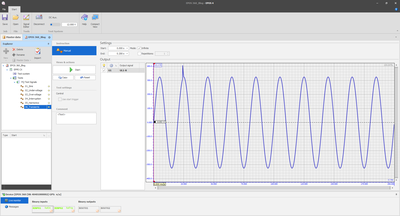

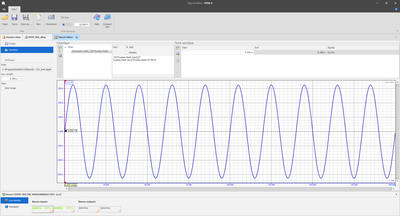

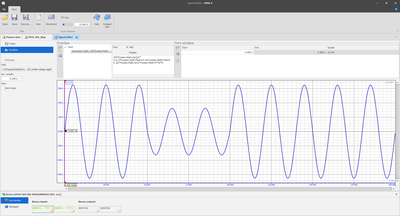
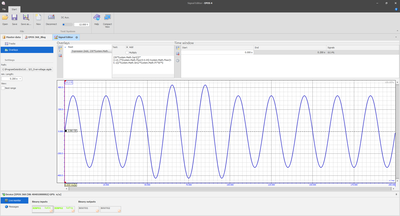

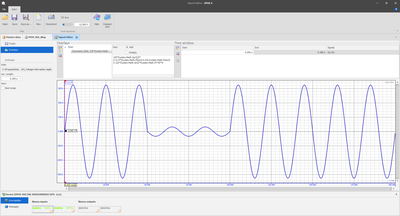

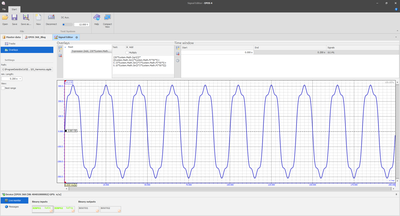

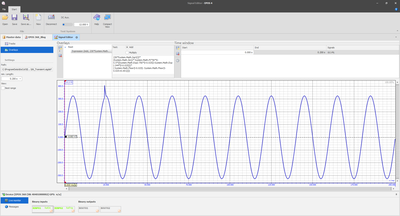
Comments are disabled for this post.
0 comments